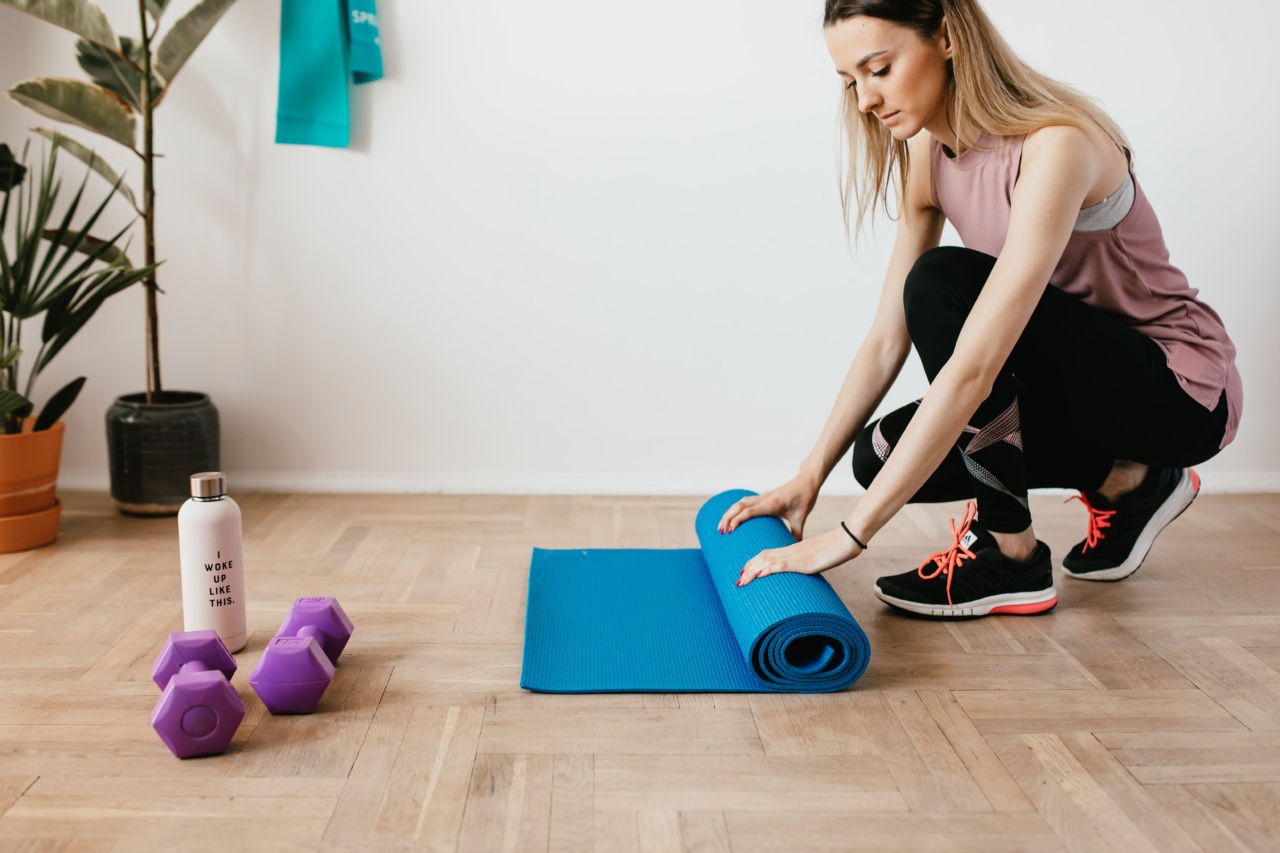Exercise is an essential component of a healthy lifestyle, and it plays a crucial role in slowing down the aging process. Aerobic and anaerobic exercises are two popular types of physical activities that can combat the signs of aging effectively.
In this article, we will explore the differences between these two exercise regimens and how they contribute to the battle against aging.
The Science Behind Aging
Before diving into the specifics of aerobic and anaerobic exercises, it is important to understand the science behind aging. As we age, various physiological changes occur in our bodies.
These changes include a decrease in muscle mass, bone density, and cardiovascular health. Additionally, aging is also associated with an increased risk of chronic diseases such as heart disease, diabetes, and osteoporosis.
Benefits of Exercise in Slowing Down Aging
Regular exercise is proven to have numerous benefits for overall health and can significantly slow down the aging process. Exercise helps to improve cardiovascular health, boost metabolism, maintain a healthy weight, and strengthen bones and muscles.
It also contributes to mental well-being, reduces stress, and improves cognitive functions.
Aerobic Exercise: Boosting Cardiovascular Health
Aerobic exercise involves activities that increase the heart rate and require oxygen to produce energy. It includes activities such as walking, jogging, swimming, cycling, and dancing.
These exercises involve large muscle groups and are typically performed at moderate intensity for a sustained period.
Aerobic exercises are particularly effective in improving cardiovascular health. Regular aerobic activities strengthen the heart, improve blood circulation, and lower blood pressure.
They also enhance lung capacity and increase oxygen delivery to the muscles. As a result, aerobic exercise can significantly reduce the risk of heart disease, stroke, and other cardiovascular conditions commonly associated with aging.
Effects of Aerobic Exercise on Aging
Aerobic exercise is not only beneficial for cardiovascular health but also has positive effects on the overall aging process.
It helps to improve muscle and bone strength, maintain a healthy weight, and reduce the risk of age-related conditions such as osteoporosis. Aerobic activities also promote better sleep patterns, boost mood, and increase energy levels, which are often compromised with age.
Furthermore, aerobic exercise stimulates the release of endorphins, which are natural painkillers and mood enhancers. It helps to alleviate symptoms of depression and anxiety, which are common in older adults.
Regular aerobic exercise can also enhance cognitive functions, including memory and attention span.
Anaerobic Exercise: Building Muscles and Strengthening Bones
Anaerobic exercise involves short bursts of intense physical activity that do not rely on oxygen for energy production. Examples of anaerobic exercises include weightlifting, resistance training, and high-intensity interval training (HIIT).
These exercises target specific muscle groups and are performed at a high level of intensity for a short duration.
Anaerobic exercise is particularly effective in building and maintaining muscle mass, which tends to decline with age.
Resistance training and weightlifting stimulate the production of growth hormones, such as testosterone, that aid in muscle growth and repair. By engaging in regular anaerobic exercises, older adults can combat muscle loss and maintain their strength and mobility.
Moreover, anaerobic exercises also play a crucial role in strengthening bones. Weight-bearing anaerobic exercises, in particular, help to prevent age-related bone loss and reduce the risk of osteoporosis.
These exercises promote bone density and improve bone health, which is essential for preventing fractures and maintaining overall mobility.
Combining Aerobic and Anaerobic Exercises
While both aerobic and anaerobic exercises offer unique benefits, combining them in a well-rounded fitness routine can maximize the anti-aging effects.
By engaging in a combination of aerobic and anaerobic exercises, individuals can improve cardiovascular health, build muscle mass, strengthen bones, and enhance overall fitness and well-being.
It is recommended to include at least 150 minutes of moderate-intensity aerobic exercise, such as brisk walking or swimming, per week.
Additionally, it is beneficial to perform anaerobic exercises, such as resistance training, two to three times a week to target specific muscle groups and maintain muscle mass.
Important Considerations for Older Adults
While exercise is crucial for combating aging, it is vital for older adults to consider their individual health conditions and consult with healthcare professionals before starting any new exercise regimen.
Safety precautions, modifications, and progression strategies should be implemented to ensure a safe and effective exercise routine.
Conclusion
In conclusion, both aerobic and anaerobic exercises offer unique benefits in the battle against aging. Aerobic exercise improves cardiovascular health, promotes overall fitness, and enhances cognitive functions.
Anaerobic exercise, on the other hand, helps to build muscles, strengthen bones, and maintain mobility.
Combining both types of exercise in a well-rounded fitness routine is highly recommended for optimal results.
By engaging in regular exercise, individuals can slow down the aging process, reduce the risk of chronic diseases, and improve both physical and mental well-being.





























